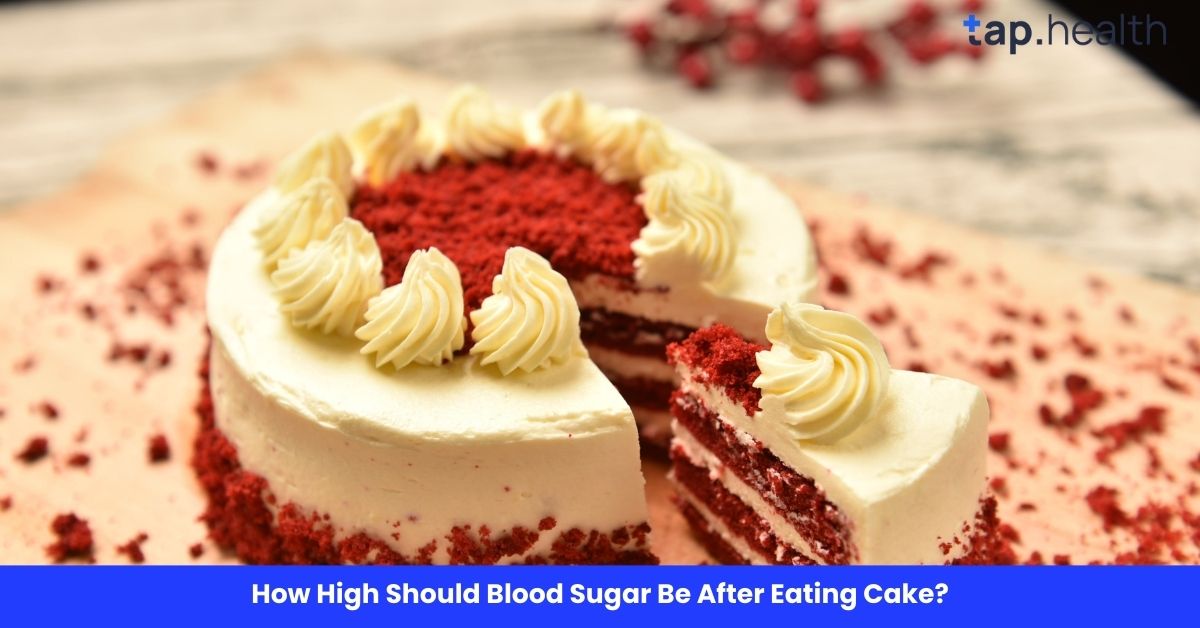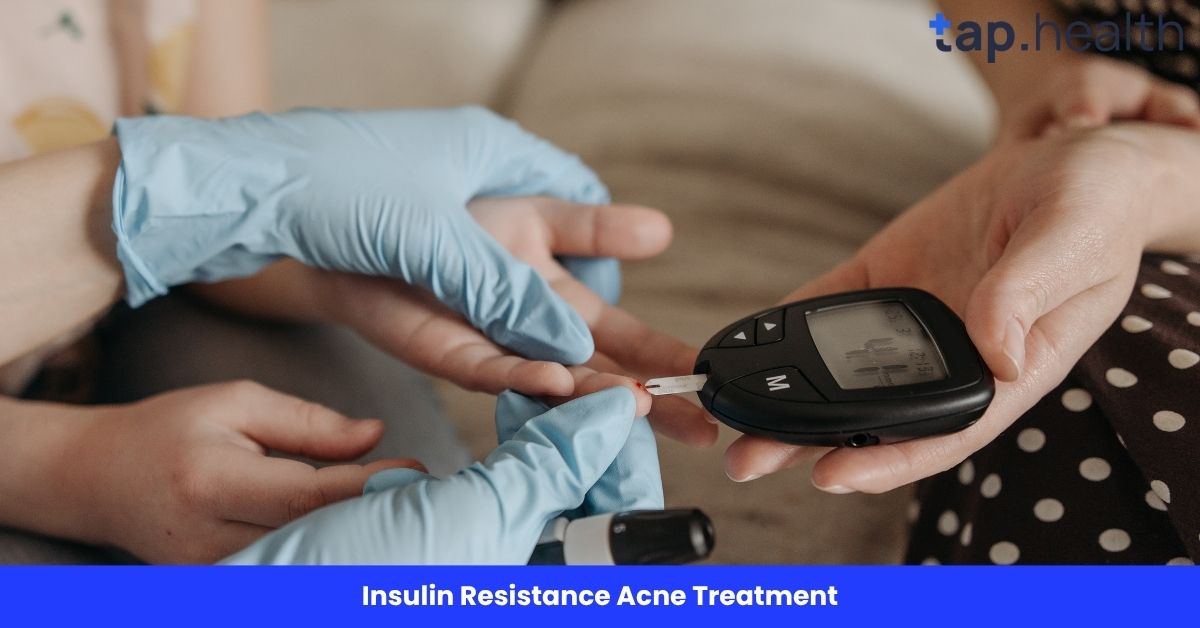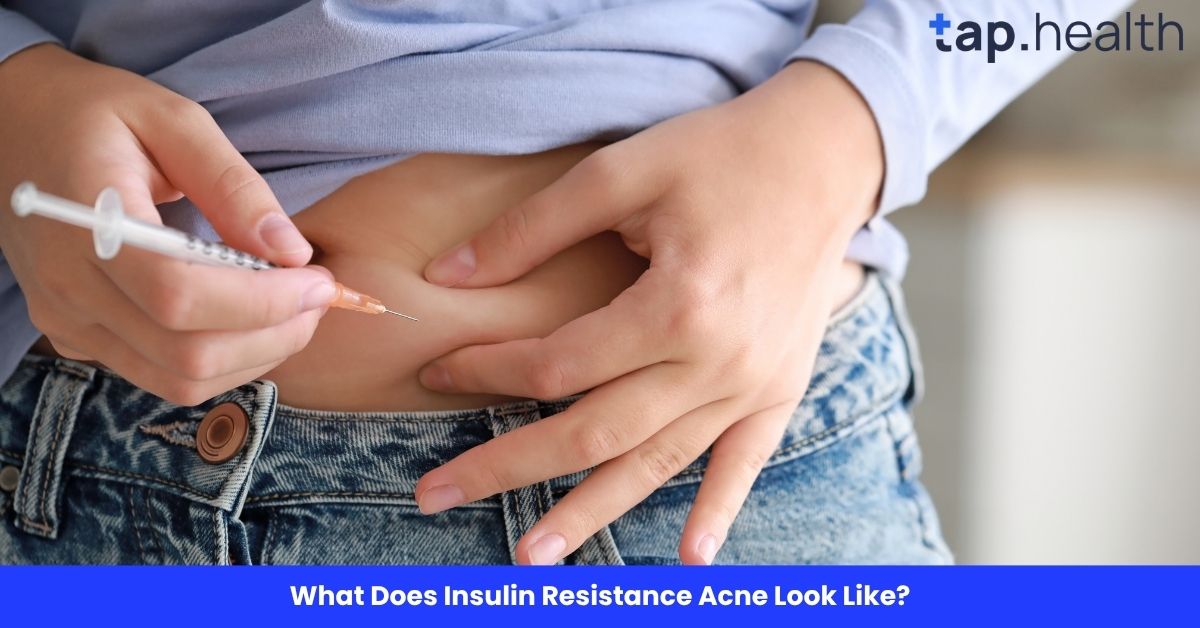Eating cake is a delightful treat, but for people with diabetes or those watching their blood sugar levels, it’s important to understand how it can affect your body. After eating something sugary like cake, your blood sugar naturally spikes, but how high should it go? Should you be concerned about your blood sugar levels after indulging in this sweet? In this post, we will break down everything you need to know about how blood sugar behaves after eating cake, the factors that influence it, and what you can do to manage it.
Understanding Blood Sugar and Cake
Before we dive into the specifics, it’s important to understand what blood sugar is and how it functions in your body.
What is Blood Sugar?
Blood sugar, or glucose, is the main type of sugar found in your blood. It comes from the food you eat, especially carbohydrates. When you eat cake, which is often made of refined sugars and flours, your body breaks it down into glucose, raising your blood sugar levels.
How Does Eating Cake Affect Blood Sugar?
Cake, particularly store-bought or bakery cakes, tends to have high sugar and carbohydrate content. This means it can cause a significant spike in your blood sugar levels. The glycemic index (GI) of cake can vary depending on its ingredients, but it is generally high, meaning it can cause your blood sugar to rise quickly after consumption.
How High Should Your Blood Sugar Be After Eating Cake?
The exact blood sugar level you should aim for after eating cake depends on a few factors, including whether you have diabetes, your individual health goals, and how much cake you ate. Generally, after eating cake, your blood sugar levels should peak and then return to normal within a few hours.
For Individuals Without Diabetes
For healthy adults, blood sugar levels typically follow this pattern:
- Before eating: 70–99 mg/dL
- 1 hour after eating: Less than 140 mg/dL
- 2 hours after eating: Less than 120 mg/dL
These values can vary based on individual factors, but staying within these ranges is generally considered healthy.
For Individuals With Diabetes
For those managing diabetes, the target ranges may differ:
- Before eating: 80–130 mg/dL
- 1 hour after eating: Less than 180 mg/dL
- 2 hours after eating: Less than 150 mg/dL
These targets help prevent complications associated with high blood sugar levels. However, it’s essential to consult with a healthcare provider to determine personalized goals.
Read this : How Many Calories in a Piece of Cake? A Complete Guide
What Happens When Blood Sugar Levels Go Too High?
While it’s natural for blood sugar to rise after eating cake, consistently high levels can cause problems, especially for people with diabetes. Here’s what can happen if your blood sugar levels stay too high:
Short-Term Effects
- Fatigue: Elevated blood sugar can make you feel tired or lethargic.
- Increased Thirst: High blood sugar can cause dehydration, leading to excessive thirst.
- Frequent Urination: The body tries to eliminate excess sugar through urine, leading to more frequent bathroom visits.
Long-Term Effects
If blood sugar levels are consistently high over time, it can lead to more serious health problems, such as:
- Damage to Blood Vessels: High blood sugar can damage the blood vessels, increasing the risk of heart disease and stroke.
- Nerve Damage: Over time, high blood sugar can lead to nerve damage (neuropathy), causing pain and numbness.
- Kidney Damage: Chronic high blood sugar can damage the kidneys, leading to kidney disease.
Factors That Influence Post-Cake Blood Sugar Levels
Several factors can affect how high your blood sugar levels rise after eating cake. These include:
1. The Type of Cake You Eat
The type of cake you eat plays a big role in how your blood sugar will respond. Cakes made with refined sugars and white flour tend to have a higher glycemic index, leading to quicker and higher blood sugar spikes. In contrast, cakes made with whole grains or lower glycemic ingredients may cause a slower rise in blood sugar.
2. Portion Size
The more cake you eat, the more sugar and carbohydrates you consume, which will result in a higher spike in blood sugar. Portion control is key to managing blood sugar after eating sweet foods like cake.
3. Other Ingredients in the Cake
Cakes with added fats (like butter or cream) or protein (like nuts or eggs) can slow down the absorption of sugar into your bloodstream. This means that these cakes might not cause as sharp of a spike in blood sugar as cakes made with mostly sugar and flour.
4. Your Individual Health Status
If you have diabetes, your ability to regulate blood sugar might not be as efficient as someone without the condition. This means your blood sugar might stay elevated for longer periods, even after a small slice of cake. On the other hand, someone without diabetes typically sees their blood sugar peak and return to normal faster.
How to Manage Blood Sugar After Eating Cake
If you’re concerned about the rise in your blood sugar levels after eating cake, here are some tips to help you manage it:
1. Monitor Your Blood Sugar
If you have diabetes or are at risk of developing it, regularly monitoring your blood sugar levels is essential. Checking your blood sugar after eating cake can help you understand how your body responds to different foods and portion sizes.
2. Choose Healthier Cake Alternatives
If you want to enjoy cake without spiking your blood sugar, consider opting for healthier alternatives. Try making a cake with whole grains, natural sweeteners (like stevia or monk fruit), and healthier fats (like avocado or coconut oil). There are also sugar-free and low-carb cake recipes available.
3. Exercise After Eating Cake
Engaging in light physical activity after eating cake can help your body use up some of the excess sugar in your bloodstream, preventing a significant spike in blood sugar levels. A short walk or some light stretching can be enough to help regulate your levels.
4. Combine Cake with Other Foods
Eating cake alongside foods that are high in fiber, protein, or healthy fats can help slow down the absorption of sugar into your bloodstream. For example, you might pair your cake with a handful of nuts or some yogurt to help manage your blood sugar levels.
Real-Life Scenario
Consider a scenario where an individual without diabetes consumes a slice of chocolate cake. Their blood sugar may rise to 130 mg/dL one hour after eating and return to 100 mg/dL two hours later. In contrast, someone with diabetes might experience a rise to 160 mg/dL, necessitating closer monitoring and possibly adjustments in medication or activity levels.
Expert Contribution
Dr. Jane Smith, an endocrinologist, emphasizes the importance of individualized care: “While general guidelines are helpful, it’s crucial to tailor blood sugar targets to each person’s unique health profile. Regular consultations with healthcare providers ensure optimal management.”
Recommendations Grounded in Proven Research and Facts
- Meal Sequencing: Consuming fiber, protein, and healthy fats before carbohydrates can slow glucose absorption and reduce post-meal blood sugar spikes .
- Physical Activity: Engaging in light exercise, such as a 20-minute walk after meals, can help lower blood sugar levels .
- Hydration: Drinking water can help flush excess glucose from the bloodstream, aiding in blood sugar regulation.
FAQs About Blood Sugar After Eating Cake
1. How long does it take for blood sugar to return to normal after eating cake?
For most people, blood sugar should return to normal within 2-3 hours after eating cake. However, this can vary based on individual factors such as portion size, the type of cake, and whether you have diabetes.
2. What are the signs that your blood sugar is too high after eating cake?
Signs of high blood sugar include fatigue, excessive thirst, frequent urination, blurry vision, and headaches. If you experience these symptoms after eating cake, it might be a sign that your blood sugar levels have spiked too high.
3. Can eating cake cause a sudden drop in blood sugar?
Cake generally causes a rise in blood sugar, not a drop. However, if you have diabetes and take insulin or other medication to lower blood sugar, you may experience a drop in blood sugar later, especially if you eat cake without balancing it with other foods.
4. How can I prevent blood sugar spikes after eating cake?
To prevent blood sugar spikes, try eating smaller portions of cake, choosing cakes with lower glycemic ingredients, and balancing your cake with fiber, protein, or healthy fats. Additionally, monitoring your blood sugar levels regularly will help you understand how your body reacts to different foods.
5. Is it okay to eat cake if I have diabetes?
Yes, it’s okay to eat cake if you have diabetes, but it should be done in moderation. You can also choose lower-carb or sugar-free alternatives to minimize the impact on your blood sugar levels.
Conclusion
Understanding how blood sugar behaves after eating cake is essential for managing your health, especially if you have diabetes. While a spike in blood sugar after consuming sugary treats like cake is normal, it’s important to keep it within a healthy range. By monitoring your blood sugar levels, choosing healthier cake alternatives, and combining your treat with other foods or exercise, you can enjoy cake without compromising your health. Always remember to consult with your healthcare provider for personalized advice on managing blood sugar levels.



